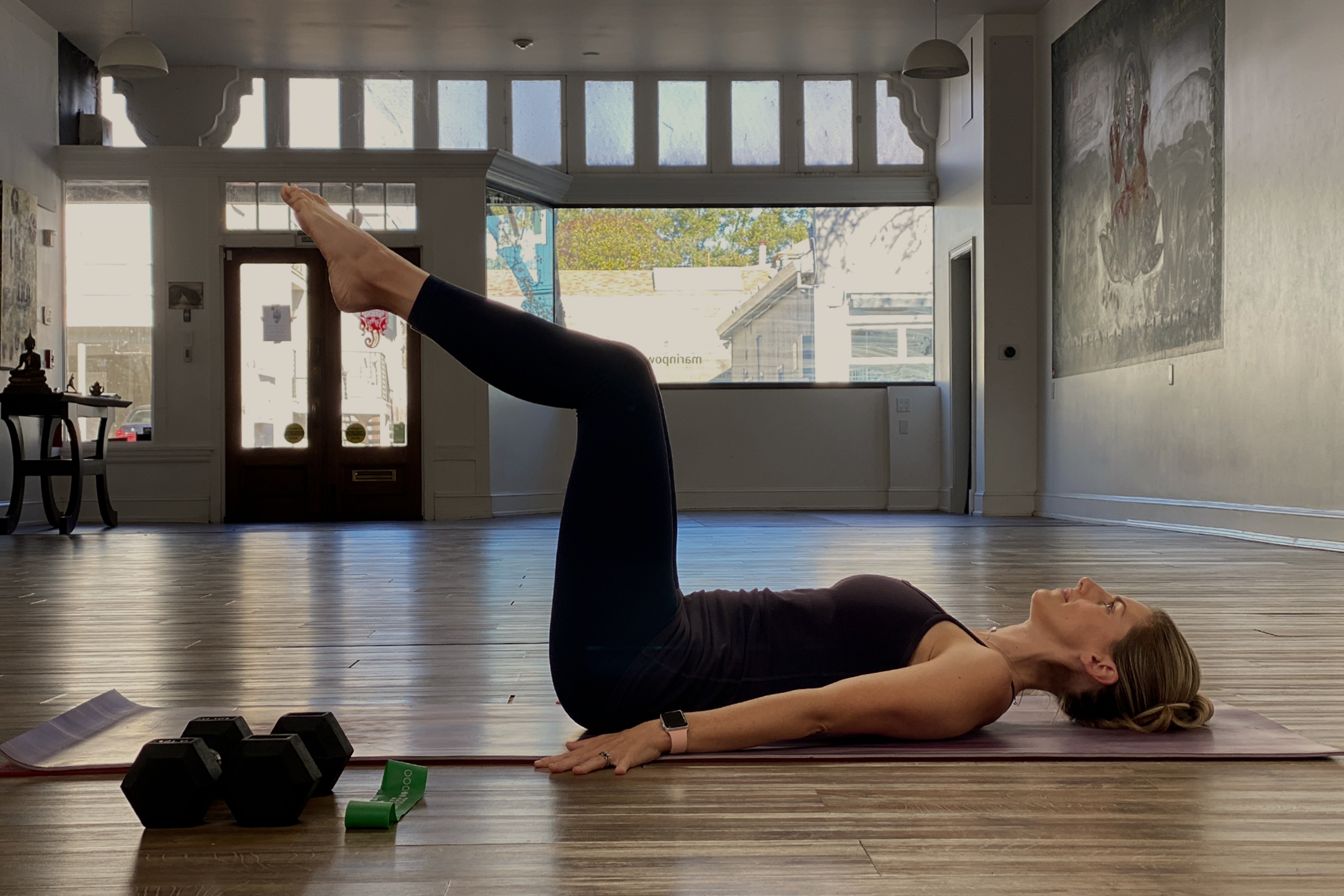
27 Jul The best stretches for lower back pain
Lower back pain is a common condition. Best stretches for lower back pain are usually performed because of an injury or sudden strain to the lower back, including sports injuries and falls.
Because your lower back receives so much pressure from poor posture, bad habits, and heavy lifting; it’s essential that you stretch after performing light physical activities and stretch regularly throughout the day if you are experiencing long periods of sedentary.
Also consider stretching before engaging in strenuous physical activities as well. Stretching helps to loosen up tight muscles which might otherwise result in pulled ligaments or muscle strains .
The information listed below is general in nature. Patients should always seek the medical opinion of a healthcare professional before undertaking any new stretches or exercises.
1. Knee-to-chest stretch
This stretch targets the lower back.
We recommend this stretch as part of a weekly morning routine. You may also want to do it before bed if you have issues sleeping on your back or feel stiffness in the morning from laying down all night long.
To perform, lay flat on your back with both arms close to your sides and one knee bent at 90 degrees with the foot flat on the floor. Pull that leg up until you feel the stretch and hold for 30 seconds before repeating on the other leg.
2. Trunk rotation
The trunk rotation stretch can help to relieve pain in your lower back by stretching the muscles in your back and trunk that are often tight in individuals with lower back pain.
Lying down with feet shoulder width apart and place one hand on the same side knee for support. Rotate at the hips until you feel a gentle stretch across your abdomen; hold for 30 seconds before repeating on the opposite side.
3. Cat-cow stretch
This is a great exercise for releasing muscle tension all over your back. It involves moving between the cat and cow position you learned in yoga class, but this time there’s no downward dog: just 10-second sets of each move before switching to the other side.
To perform the cat-cow stretch:
- Get on to your knees and hands with knees hip-width apart.
- Then, round your back up towards the ceiling, as in a cat pose. Hold for 10 seconds.
- After this, tilt your pelvis and belly downwards to assume a tucked-in pose resembling that of a cow – ensure you raise your head.
- Return to the starting position
- Repeat 10 – 15 times
4. Hamstring stretch
Seated hamstring stretch is very good for the lower back pain. You can do this standing and seated in a chair or sofa. Hold onto something stable to hold yourself upright, bend forward at your waist until you feel a slight pull at the back of your legs into a hamstring stretch. Hold for 30 seconds and rest for 30 seconds, repeat 3 times
An alternative to the above instructions are as below
- Sit on the ground in a butterfly position
- Extend your right leg with your knee slightly bent.
- Then bend forward at your waist over your right leg.
- You may hold your lower leg for support, but don’t force the stretch.
- Hold for 10 seconds and work up to 30 seconds.
Lower back pain affects many Australians and can be caused by light activity, or inactivity (sitting for long periods). It is always advised that you speak to a doctor or healthcare professional if you are experiencing lower back pain, to find the root cause of the issue, provide treatment and develop a plan for prevention. The stretches listed in this article may assist with lower back pain, however the information is general in nature and you should always seek your own medical advice before undertaking any new activity. We recommend you book an appointment with us at Redcliffe Physiotherapy to design a rehabilitation plan for you, and provide proper education and feedback on the stretches listed in this article.

